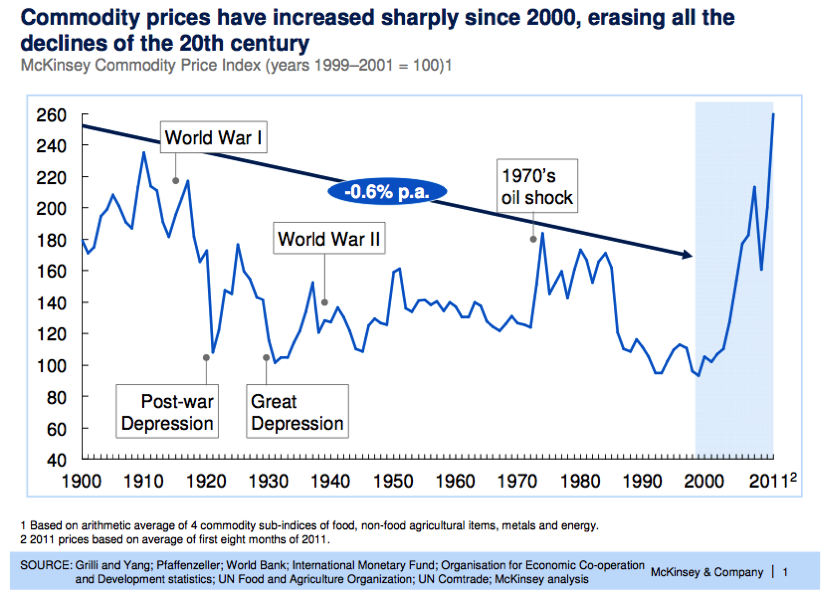Auto Companies are Back to Their Old Tricks
Post on: 16 Март, 2015 No Comment

This week GM (NYSE:GM) reported its best October in seven years as sales ticked up 0.2%, but wound up well below the consensus estimate of 3.1%. As a result the autos fell in price on Monday when the data was released.
But falling share prices is nothing new for the autos and nothing that shouldnt have been expected if you follow our research.
What exactly has happened to the booming auto sector that now finds its constituents share prices down substantially this year?
The first chart below shows how bad it has been for autos, specifically GM, this year as it peaked near $40 but now trades down near $30 as it underperforms the broader market (NYSEARCA:SPY) significantly year to date.
What’s Really Behind the Numbers
What still has been ignored by the mainstream media (likely because they are journalists and not financial analysts) and certainly hasnt been voluntarily revealed by the car company execs is the fact that GM and other car manufacturers inventories still remain extremely elevated. And, this is an issue because, although, these inventories count as sales for the large auto companies, they really arent sales.
You see, when the car companies push their vehicles to dealer lots, the car companies are able to show Wall Street that those cars were sold, taking advantage of accounting gimmicks. In reality all they have done is be able to keep production high while reporting sales for vehicles that may actually never really be sold in the more traditional sense. These cars may sit for months or longer on dealer lots before actually being sold at liquidation prices down the road. The fact that inventories continue to creep up supports this notion.
General Motors for instance just pushed an extra 40,000 cars and trucks to its dealers in October, a very big 9% rise in inventories over last October and a 5% one month jump over September. Those 40,000 vehicles however count as sales for GM.
With elementary math you can see what GMs October sales results would have been if they had not been able to channel stuff such a large increase amount of inventory.
Growth including the stuffing came in at just 0.2%. If a more normal average rate of inventory was pushed to dealers by GM in October instead of the ridiculous 94 days now of supply, no doubt sales growth would have been sizably negative for the month. According to GM 227k vehicles were sold in October, but inventories jumped 40k to 792k vehicles. Without that inventory push, sales would have been down significantly.
Put another way, GMs current vehicle inventory (not yet sold) sitting at dealer lots now account for 25% of all sales that occurred in 2014.
How is this Happening?
Ford (NYSE:F), for instance, has convinced its dealerships (NASDAQGS:TRAK) to take supply of vehicles based on using advances in big data technology to offer its stores sophisticated recommendations for their orders. According to Automotive News though, one dealership isnt buying the rhetoric and sophistication from the big dealers, I order my own vehicles. Ive been doing this for 16 years, and I know what I want in my parking lot. They dont.
Some dealerships obviously get what is going on. But, based on the growing inventory numbers, others are likely taking on excess and unnecessary inventory at the benefit of the car companies sales numbers.
There are some great ways to recognize when this is occurring and likely peaking out as we brought to our readers attention in March and April earlier this year. One article I wrote, Auto Sales, Whats Really Under the Hood warned that the auto manufacturers inventory to sales ratio was too high at over 2.8x. That ratios history is updated below and helped us warn investors not to jump on the auto bandwagon as it was on an unsustainable pace.
The Inventory to Sales ratio (NYSEARCA:CARZ) has since come down but is still above the historical average, which has accompanied a major decline in share prices as was predicted when we noticed that unsustainable inventory accounting gimmicks were driving the sales numbers.
Given the latest data released by Ford and GM which show continued elevated inventory levels, it is almost certain this disturbing trend continues as inventories are now at an extreme 94 days of supply at General Motors.
The real question is how much longer can dealerships really accept all this excess inventory? With Congress now finally focusing on subprime loans in the auto industry it is likely the answer is not much longer as these dealers lose one of their largest customer bases. When that occurs watch for big sales disappointments.
The ETF Profit Strategy Newsletter digs down deeper to keep you on the correct side of the markets trends. The inventory to sales ratio was flashing major warning signs earlier this year, and it seems the big auto companies are still pushing their inventory onto dealerships to gloss over their struggling sales and decreased demand.
You can find us on Twitter @ ETFguide














